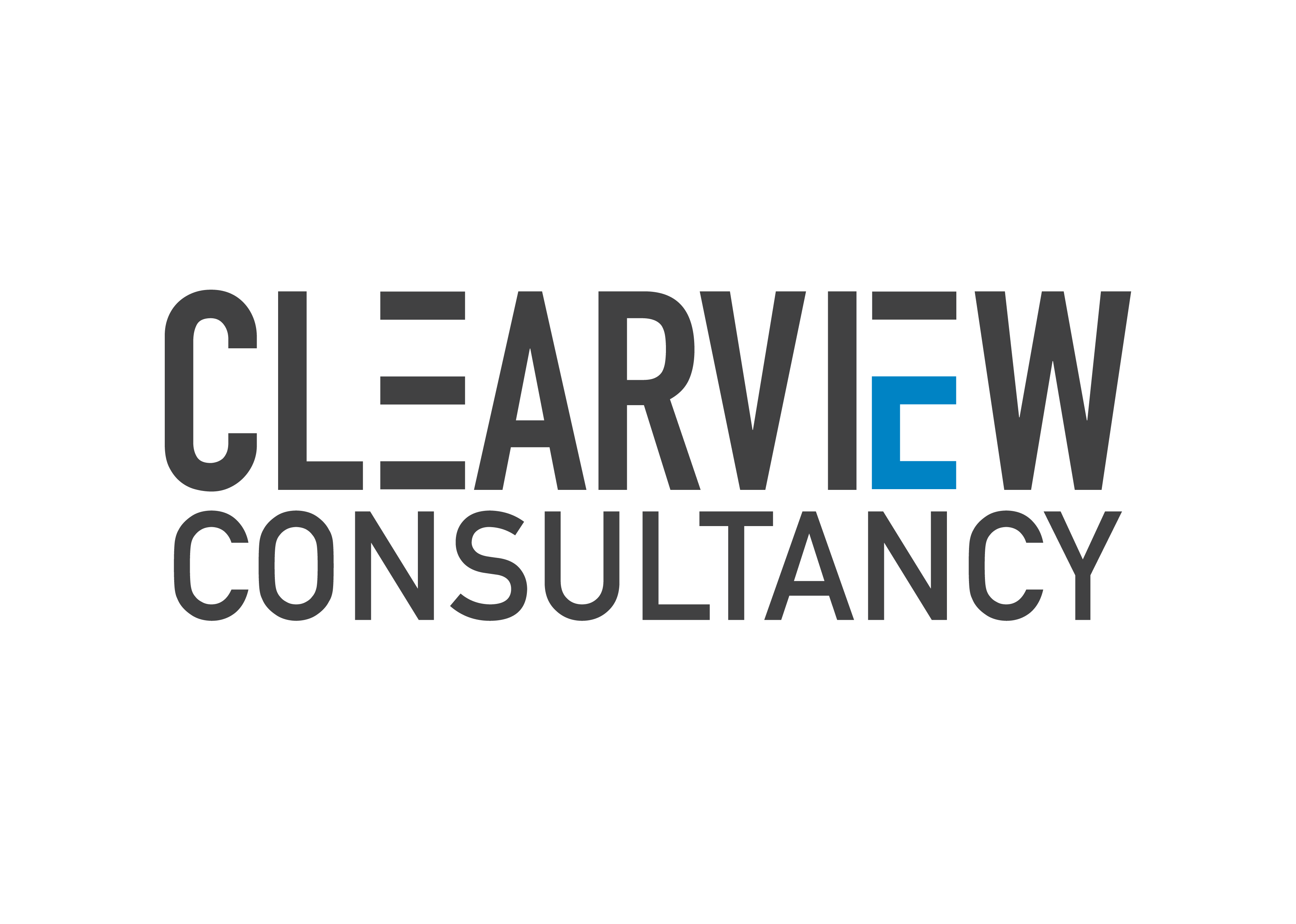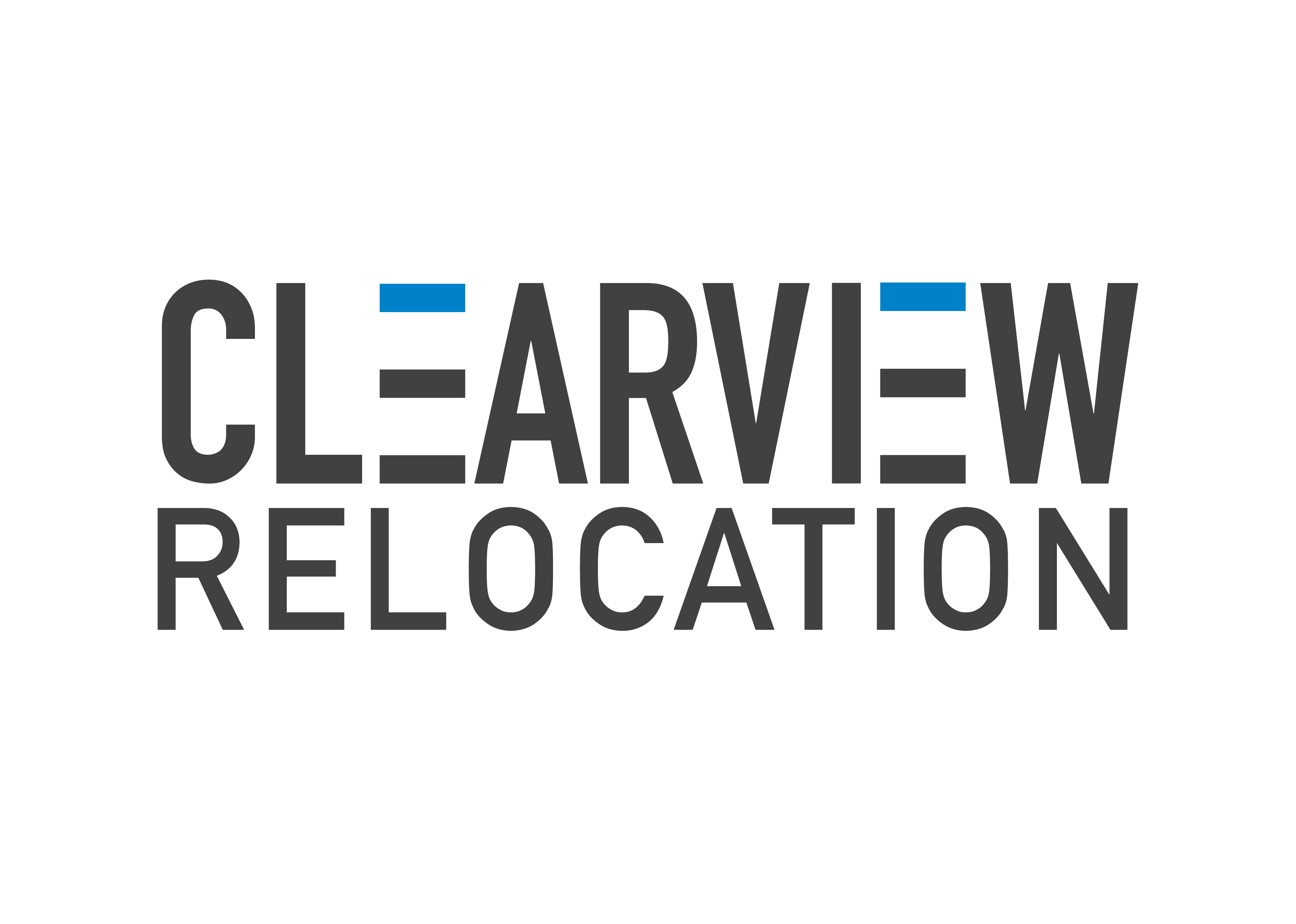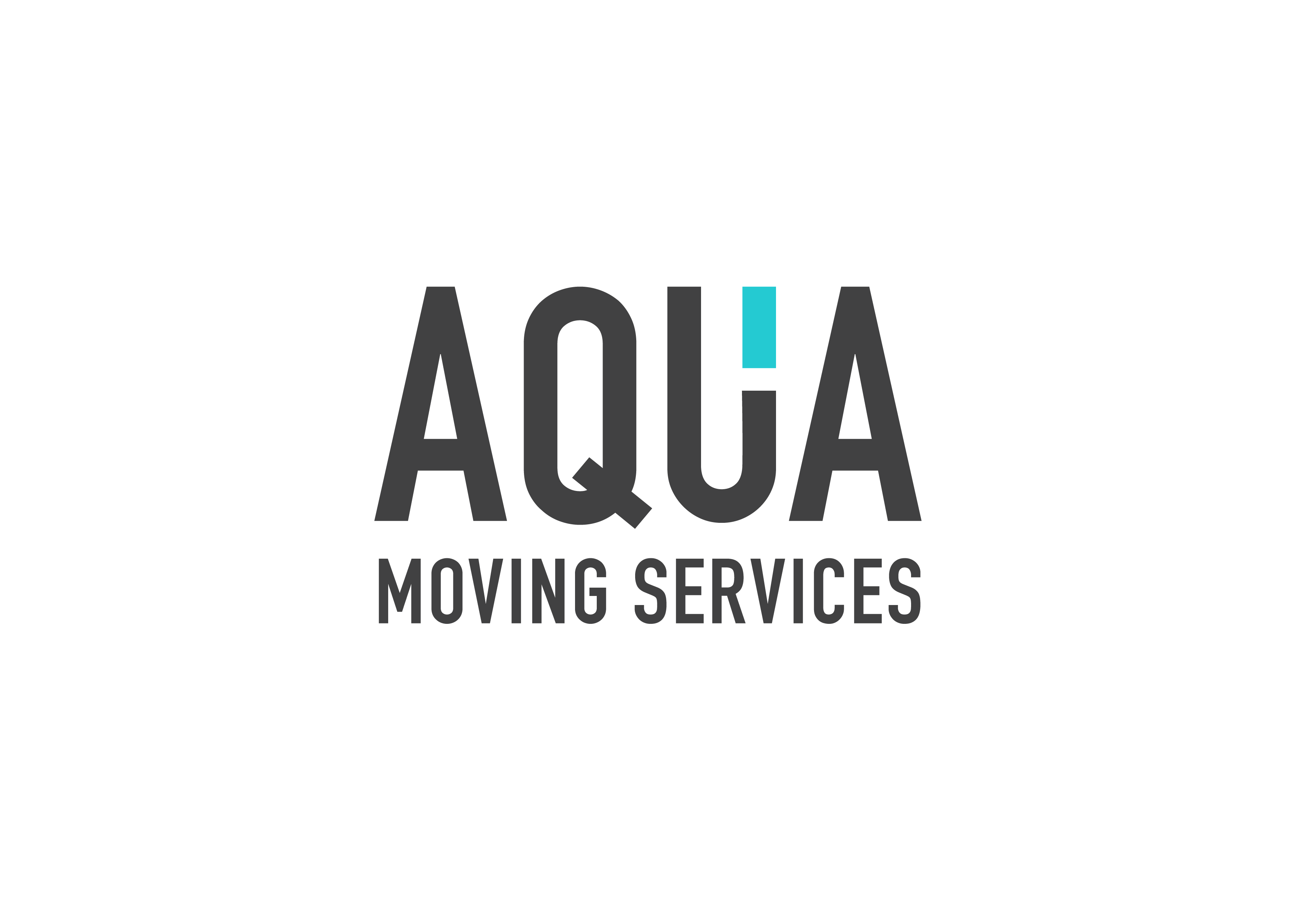As the regulatory landscape evolves to prioritize safety within buildings, facility management professionals are faced with the critical task of ensuring compliance with the new Building Safety Certificate legislation. In this article, we’ll explore the implications of this legislation from a facility management perspective and discuss strategies for navigating these changes effectively.
Understanding the Building Safety Certificate Legislation:
The introduction of the Building Safety Certificate legislation marks a significant shift in the regulatory framework governing building safety. This legislation aims to enhance safety standards and mitigate risks associated with building operations, maintenance, and occupancy. Facility managers must familiarise themselves with the key provisions of the legislation, including requirements for building inspections, certification processes, and ongoing safety monitoring.
Assessing Current Safety Protocols:
In light of the new legislation, facility managers must conduct a comprehensive review of their current safety protocols and procedures. This assessment should encompass various aspects of building safety, including fire safety measures, structural integrity, emergency response plans, and risk management strategies. By identifying potential gaps or areas for improvement, facility managers can proactively address safety concerns and ensure compliance with regulatory requirements.
Implementing Enhanced Safety Measures:
To align with the requirements of the Building Safety Certificate legislation, facility managers may need to implement enhanced safety measures within their buildings. This could involve upgrading fire detection and suppression systems, conducting more frequent inspections and maintenance checks, implementing stricter access control measures, and enhancing emergency evacuation procedures. By investing in robust safety measures, facility managers can create a safer environment for building occupants and mitigate the risk of safety incidents.
Engaging Stakeholders and Building Partnerships:
Navigating the complexities of the new legislation requires collaboration and communication with various stakeholders, including building owners, tenants, regulatory authorities, and industry partners. Facility managers should proactively engage with these stakeholders to share information, address concerns, and coordinate efforts to ensure compliance with the Building Safety Certificate legislation. Building strong partnerships with regulatory agencies and industry organisations can also provide valuable support and guidance throughout the compliance process.
Investing in Training and Professional Development:
As the regulatory landscape evolves, facility managers must stay abreast of changes in building safety standards and best practices. Investing in training and professional development opportunities can equip facility managers with the knowledge and skills needed to navigate the complexities of the new legislation effectively. By staying informed and up-to-date, facility managers can uphold the highest standards of safety and compliance within their buildings.
The introduction of the Building Safety Certificate legislation represents a significant milestone in the ongoing effort to prioritise safety within buildings. Clearview Consultancy can play a pivotal role in ensuring compliance with these regulations and creating a safe and secure environment for building occupants. By understanding the requirements of the legislation, assessing current safety protocols, implementing enhanced safety measures, engaging stakeholders, and investing in training and professional development, facility managers can navigate the complexities of the new legislation with confidence and uphold the highest standards of safety within their buildings.
Contact Clearview Consultancy today:
Visit our website: Clearview Consultancy
Phone: 01635 239041



